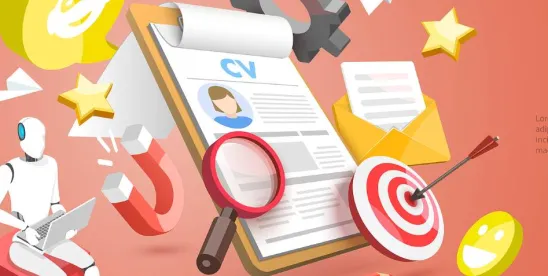On September 24, 2024, the United States Department of Labor (“DOL”) announced the publication of an AI & Inclusive Hiring Framework (the “Framework”). As discussed below, the Framework sets forth ten “Focus Areas” for employers to consider when using AI recruiting and hiring tools to minimize the risk of algorithmic discrimination.
The Framework was developed and published by the Partnership on Employment & Accessible Technology (“PEAT”), an entity funded by the DOL’s Office of Disability Employment Policy. PEAT’s Framework is based on the National Institute of Standards and Technology’s AI Risk Management Framework which supports AI governance by identifying, measuring, and managing attendant risk.
The Framework sets forth best practices in ten Focus Areas: (i) identify applicable legal requirements for using AI recruiting and hiring tools; (ii) establish roles, responsibilities, and training for employees managing these tools; (iii) inventory information about these tools including their intended use, anticipated benefits, risk, and scope, and classify any risks based on legal standards and their potential impact; (iv) develop procurement policies and procedures prior to working with vendors and other third parties to ensure a proper foundation for identifying and avoiding algorithmic bias; (v) evaluate the potential positive and negative impacts of AI recruiting and hiring tools; (vi) provide accommodations for job applicants; (vii) notify job applicants of the employer’s use of AI recruiting and hiring tools and publish “explainable AI statements” that inform applicants how these tools function and use data provided to them; (viii) implement effective human oversight of these tools; (ix) develop procedures for managing failures by these tools and provide mechanisms for applicants to appeal a tool’s decision regarding their candidacy; and (x) regularly monitor the performance of these tools.
The Framework does not have the force of law and is rather intended as a guide to employers implementing AI in the workplace. PEAT encourages employers to “pace” themselves throughout that process and to start with the Focus Areas “that makes the most sense for [their] organization.” However, it is perhaps notable that some of these best practices—such as evaluating the effects of AI tools on an ongoing basis and notifying job applicants about the use of AI tools in the hiring process—are also features of enacted or proposed legislation at the state and local level. As regulators across the country continue to explore how to balance the efficiency and cost savings that AI tools can bring to employers against the risk of algorithmic bias, guidance such as this Framework may help inform those policy debates.
Given the rapidly evolving legal landscape around AI in the workplace, it is critical to remain abreast of developments in this area at the federal, state, and local levels. As always, we will continue to monitor and report on these developments.






 />i
/>i

